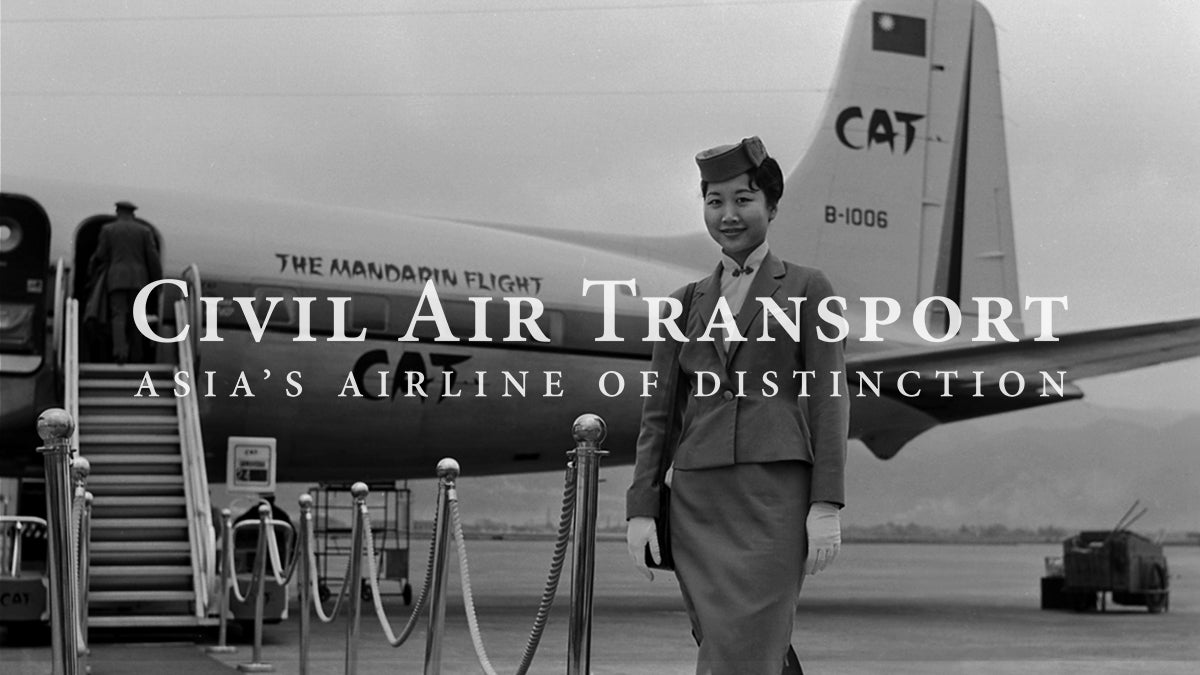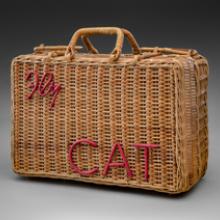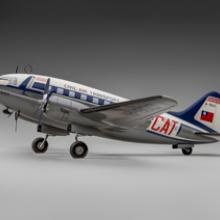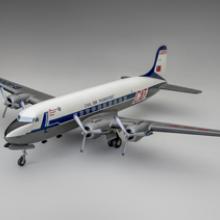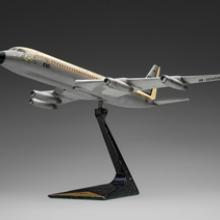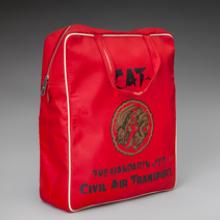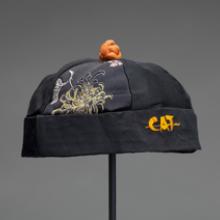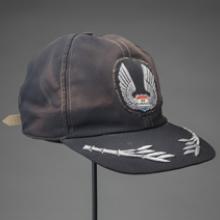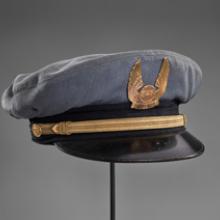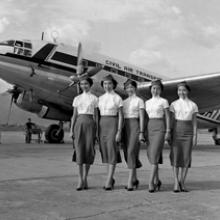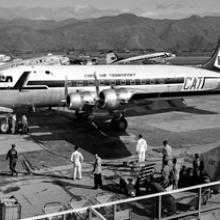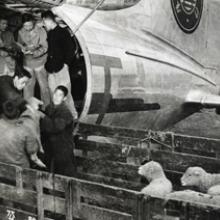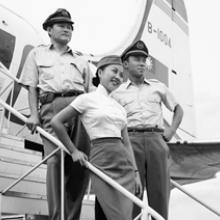Civil Air Transport: Asia’s Airline of Distinction
Civil Air Transport: Asia’s Airline of Distinction
Unique among the airlines of the world, Civil Air Transport (CAT) operated against a backdrop of great political transition in China and throughout the Far East. From its formation in 1946 to its demise in 1968, the company and its remarkable personnel were at the center of much of the region’s major historical events as they defined the power and influence of air transport in the postwar era.
With the end of World War II in September 1945, airlines in China tried to resume routes they had been forced to abandon years before. The country’s devastated infrastructure, however, left millions in the grip of famine and disease. Air transport was desperately needed to deliver supplies from coastal ports to the interior populations. At the same time, China’s civil war between the Nationalist Party and the Communist Party resumed.
Against this backdrop of need and political instability, a new airline was born. General Claire L. Chennault and Whiting Willauer laid the plans. General Chiang Kai-shek, head of the Nationalist Government, and his wife Madame Chiang Kai-shek, provided their support. With backing in Washington, D.C., funding was provided by the United Nations through the Chinese National Relief and Rehabilitation Administration (CNRRA). On October 25, 1946, Chennault and Willauer signed a contract creating CNRRA Air Transport. Its mission was to carry relief supplies on inbound flights to the west and commercial cargo and passengers on return fights to the coast. The new airline would operate as Civil Air Transport, using the initials CAT.
Experienced pilots, ground crew, and operations personnel joined Chennault and Willauer’s new airline. They came from the Air Transport Command, air wings of the Navy and Marine Corps, and the Army Air Forces. Some had flown for Chennault’s Flying Tigers.
By the end of 1946, CAT had hired eighty-seven men and women. Setting up headquarters at Shanghai’s Hungjao airfield, the new staff erected a windsock and made plans for acquiring a fleet. CAT’s contract required twelve continuously flyable aircraft. Five surplus Douglas C-47s and fourteen Curtiss C-46s were purchased, with three more for spare parts. The C-47 fleet was available at Clark Air Force Base in the Philippines and CAT pilots were sent to make delivery. After hasty restoration, three were declared airworthy; one was painted silver with large, red CAT letters. They arrived at Shanghai on January 27, 1947. Within days, CAT flew its first shipment—9,000 pounds of medical supplies from Canton to Liuchow. By March, with the last two C-47s and the first C-46s arriving, CAT employees numbered 158.
With the fall of the Nationalist Government on Mainland China, CAT had relocated to the island of Taiwan by 1950. It had also secretly become an operating division of the U.S. Central Intelligence Agency (CIA) and would operate covertly as Air America over the next two decades.
Through the images and artifacts on display, this exhibition looks at early flight in China and CAT’s role from its purposeful origins on the mainland and dramatic relocation to its transport fleet and simultaneous development as both an international flag carrier and a covert operating division of the CIA. Revealed are the dedication of its employees, the skills and bravery of its flight crews, and the resourcefulness of its leadership.
©2012 by San Francisco Airport Commission. All rights reserved.
